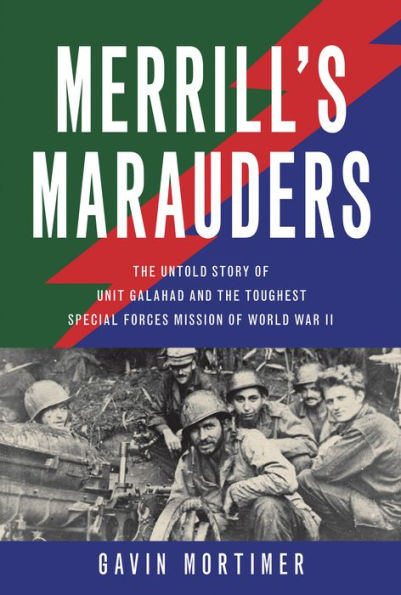A critically acclaimed historian reveals the heroism and perseverance of a US Army special ops unit during one of the most overlooked campaigns of WWII.
In August of 1943, a call went out for American soldiers willing to embark on a “hazardous and dangerous mission” behind enemy lines in Burma. The war department wanted 3,000 volunteers, and it didn’t care who they were; they would be expendable, with an expected casualty rate of eighty-five percent. The men who took up the challenge were, in the words of one, “bums and cast-offs” with rap sheets and reputations for trouble. One war reporter described them as “Dead End Kids,” but by the end of their five-month mission, those that remained had become the legendary “Merrill’s Marauders.”
From award-winning historian Gavin Mortimer, Merrill’s Marauders is the story of the American World War II special forces unit originally codenamed “Galahad,” which, in 1944, fought its way through 700 miles of snake-infested Burmese jungle—what Winston Churchill described as “the most forbidding fighting country imaginable.” Though their mission to disrupt Japanese supply lines and communications was ultimately successful, paving the way for the Allied conquest of Burma, the Marauders paid a terrible price for their victory. By the time they captured the crucial airfield of Myitkyina in May 1944, only 200 of the original 3,000 men remained; the rest were dead, wounded, or riddled with disease. This is the definitive nonfiction narrative of arguably the most extraordinary, but also unsung, American special forces unit in World War II.



